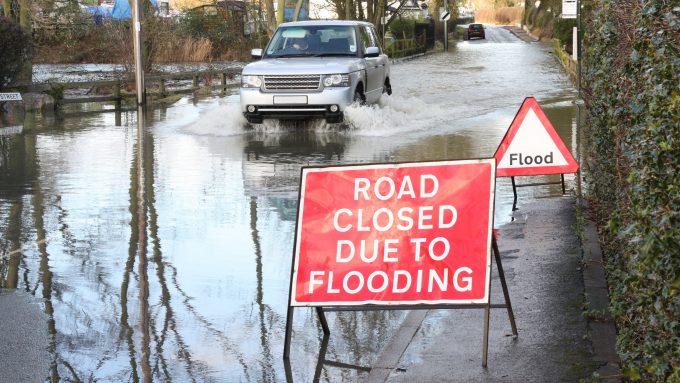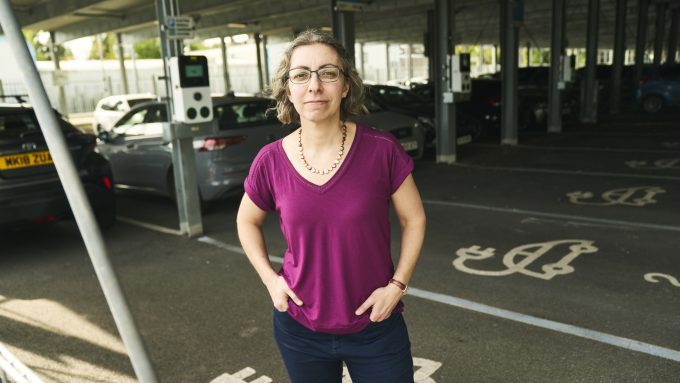
Connected Places Catapult is excited to be delivering the Zero Emission Flight Infrastructure (ZEFI) programme in collaboration with the Department for Transport. We are bringing together government, industry, and academia to better understand the infrastructure changes required at airports and airfields to prepare for hydrogen-powered and battery electric aircraft. This work is part of the Government’s commitment in the Ten Point Plan for a Green Industrial Revolution to invest in R&D into the infrastructure upgrades required at UK airports to move to battery and hydrogen-powered aircraft.
The ZEFI programme incorporates three key streams:
- A detailed study which is investigating the requirements for introducing zero emission aircraft into airports. The study is taking input from a wide range of sources and stakeholders to develop use cases for different types of airfield and airports, an operational concept for the use of the new fuels and current aviation fuels alongside each other, plus the development of technology and standards roadmaps for hydrogen- and battery-related infrastructure. The detailed study is underway, and findings will be made available on our website at the end of the project.
- A Transport Research and Innovation Grant: Zero Emission Flight (TRIG:ZEF) competition, supporting UK research and development related to zero emission flight infrastructure. At least 12 projects will receive up to £50,000 of funding and will be supported by Connected Places Catapult throughout their duration. The TRIG:ZEF programme was launched in June 2021 and the winners have been announced.
- Demonstrations to showcase UK technology and innovation, and to build our understanding of the use of hydrogen and batteries in airside environments.
We are always happy to hear from interested parties, so if you have questions or ideas related to the ZEFI programme or how you can help us, just email us at zefi@cp.catapult.org.uk
Blueprint for Zero Emission Flight Infrastructure
A comprehensive 90-page blueprint to serve as a playbook for the industry – helping to understand the changes required to transform aviation and hit zero emission targets.
Download the Blueprint for Zero Emission Flight Infrastructure
The Roadmap to Zero Emission Flight Infrastructure
The roadmap highlights that continued targeted acceleration of certain components is required to
support a co-ordinated introduction of universal technology for both battery electric and Hydrogen fuel cell powered aircraft.
Download the Roadmap to Zero Emission Flight Infrastructure
Zero Emissions Flight Infrastructure Standards Gap Analysis
Click below to read in full the Zero Emissions Flight Infrastructure Standards Gap Analysis.
Zero Emission Flight Infrastructure White Paper released
In this White Paper, Connected Places Catapult provides an overview of the technology options available, and highlights the key challenges to be solved.
Winners announced for the latest DfT’s Transport Research and Innovation Grants: Zero Emission Flight programme.
We are proud to announce the 15 winning projects of the Department for Transport’s latest Transport Research and Innovation Grant programme – TRIG: Zero Emission Flight.
Zero Emission Flight Infrastructure Case Studies
Aviation Airport Size Categories. Providing an overview of the potential benefits and challenges.
TRIG: Zero Emission Flight case studies and impact
TRIG: Zero Emission Flight funded 15 projects who conducted critical R&D that will help to prepare UK airfields for the integration of electric and hydrogen fuelling.
Feasibility of Zero Emissions Airport Operations in England by 2040
This report is another key enabler of helping airports understand the opportunities to reduce their negative impact on the climate.
ZEFI Demonstrations
Connected Places Catapult is proud to announce that four organisations will undertake demonstration activities to support our Zero Emission Flight Infrastructure project. These activities will showcase the UK’s technology and innovation while building our understanding of the use of hydrogen and batteries in airside environments.
The demonstrations of the use of hydrogen and greater electrification in airside environments will inform our research on adaptions needed by airports and airfields which will be published and disseminated in the coming months.
Connected Places Catapult identified the following organisations as key leaders and innovators in rendering these demonstrations possible:





